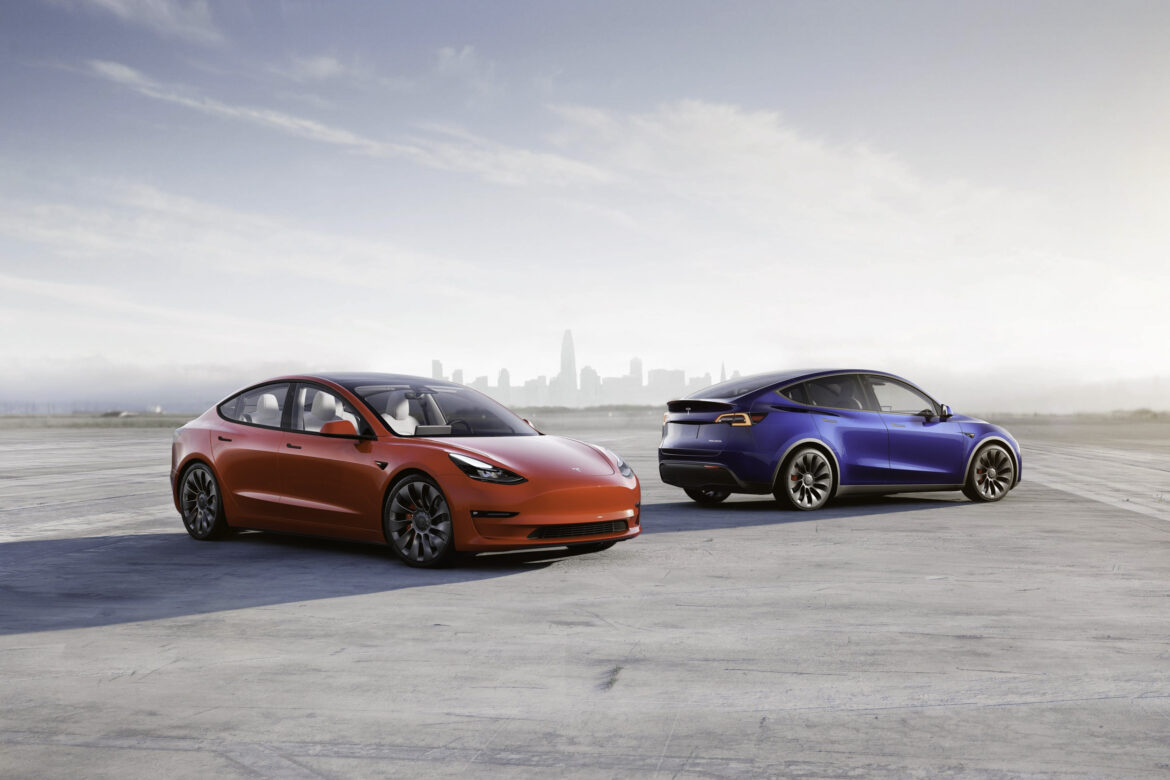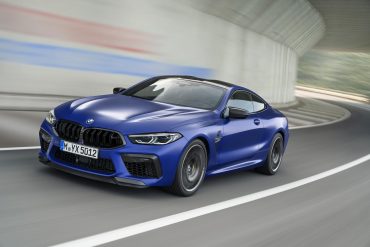Having set an ambitious target to acquire 100,000 electric vehicles from Tesla by the end of 2022, Hertz is currently facing obstacles that are impeding its progress toward this goal.
During the third-quarter earnings conference, CEO Stephen Scherr conceded that the growth of Hertz’s electric vehicle (EV) fleet is not meeting the initial projections, leading to a disappointing 13 percent margin for the quarter. This underperformance is mainly attributed to the cost-related hurdles associated with electric vehicles.
Part of the decline in profit margins can be linked to the devaluation of electric vehicles, notably influenced by Tesla’s price cuts in the previous year, culminating in a one-third drop in the retail prices of Hertz’s electric cars. Moreover, Scherr revealed that the repair expenses for electric vehicles are twice as high as those for traditional internal combustion engine vehicles.
In response to these challenges, Hertz has initiated a strategic partnership with Tesla to improve vehicle efficiency, reduce the potential for damages, and streamline the acquisition and labor costs of components. Hertz’s financial report indicates that Tesla vehicles constitute 80 percent of its electric vehicle fleet, with a total of 35,000 Teslas among 50,000 EVs.
The maintenance challenges posed by these electric vehicles are exacerbated by their higher weight. Furthermore, Hertz’s choice to shift a portion of their electric vehicle fleet from ridesharing to recreational use has further influenced their profit margins.
In particular, Hertz leases Tesla electric vehicles to drivers for Uber and Lyft and aims to reintegrate these cars into their ridesharing operations, which were previously reduced. Despite these obstacles, Scherr underscored Hertz’s enduring dedication to electrification but suggested that the company intends to progress more cautiously while addressing the challenges within their electric vehicle operations.
Additionally, he emphasized the possibility of incorporating electric vehicles from other manufacturers, like GM, to alleviate some of their existing obstacles. Scherr envisions the procurement of these vehicles at notably lower expenses compared to the Tesla fleet, potentially resulting in reduced repair costs too.
Moreover, Scherr highlighted that GM and other prominent automakers boast well-established national parts supply networks, cultivated over an extended period. This network could streamline the acquisition of components and potentially lower costs, given the wider array of aftermarket choices available.


